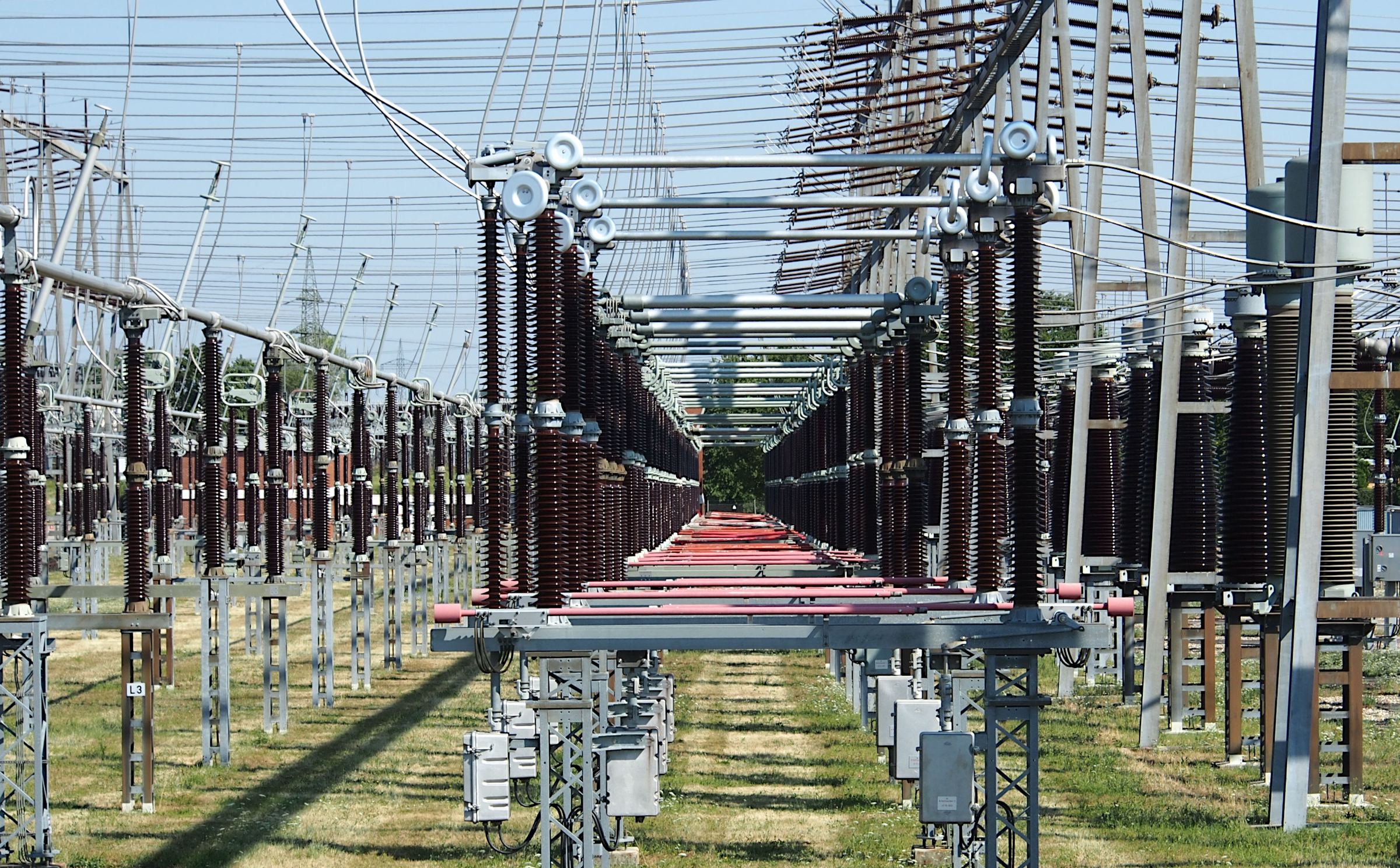A SECURE AND SCALABLE FRAMEWORK FOR IMPLEMENTING ELECTRONIC VOTING AND E-GOVERNANCE IN PAKISTAN
Keywords:
Electronic Voting, E-Governance, Digi Vote, NADRA Integration, Facial Authentication, Data SecurityAbstract
The Digital Voting System (Digi Vote) is a mobile-friendly, scalable, and secure electronic voting technology designed to improve the fairness of Pakistan's municipal elections. Long lines, human error, restricted accessibility, and vote manipulation are just a few of the inefficiencies that plague traditional voting systems and lower public involvement and trust. Utilizing current 5G / beyond 5G mobile networks and connecting with the National Database and Registration Authority (NADRA), Digi Vote overcomes these obstacles by enabling real-time voter verification via face recognition and CNIC-based authentication. To improve access security, a second OTP layer is used. The platform ensures inclusive participation, particularly for voters with physical limitations, by supporting both remote and in-person voting inside Pakistan. Transparency and auditability are guaranteed by real-time result monitoring, and votes are safely encrypted and kept in a tamper-evident ledger. Digi Vote, which was created utilizing the Design Science Research Methodology (DSRM), integrates biometric validation, encryption, mobile technology, and system design into an intuitive user experience. The design, implementation plan, and assessment of Digi Vote are presented in this method article, providing a strong foundation for safe, reliable, and easily accessible digital voting in Pakistan's developing e-governance environment.
















